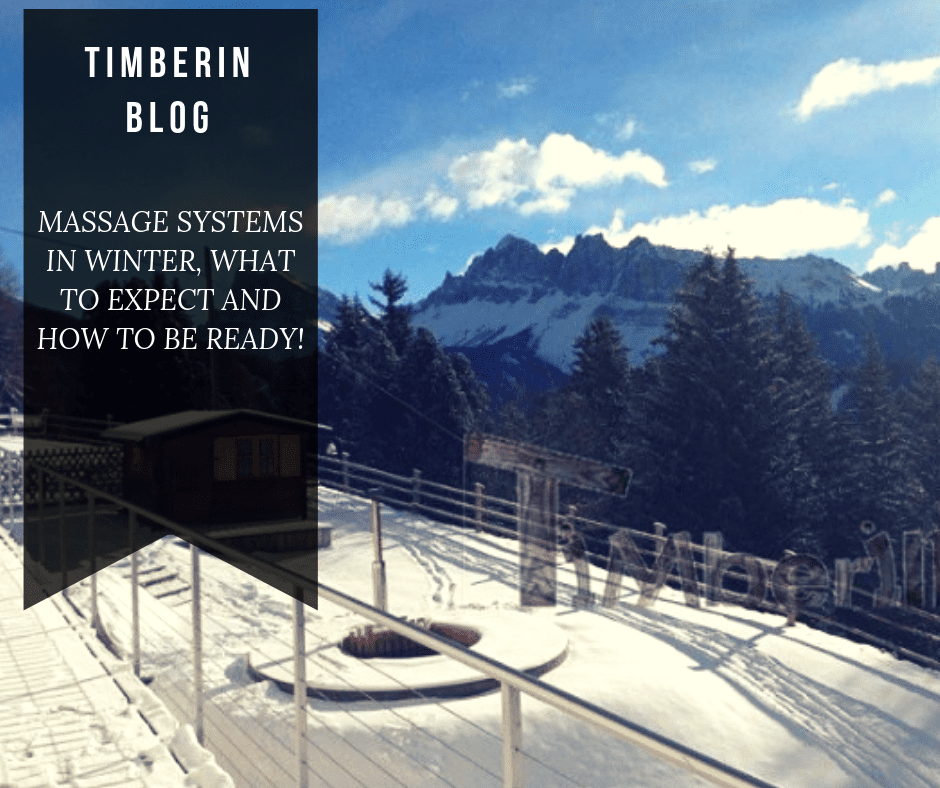Cold snaps can turn still water into ice fast — damaging shells, pipework, pumps and heaters. This guide shows you exactly how to prevent a hot tub from freezing with smart circulation, insulation, thermostat settings, and power-outage plans. New to winter spa care? Start with our winter hot tub care checklist and deep-dive into insulation tips.
Why Hot Tubs Freeze (and How to Stop It)
- No circulation = cold spots inside the plumbing where ice forms first.
- Exposed pipework and poor insulation lose heat quickly to wind and frost.
- Power cuts or low thermostat settings let water drop below 0 °C.
Prevention focuses on moving water, retaining heat, and monitoring temperature. If you won’t use the tub for weeks, fully drain it safely and winterize.
Quick Checklist: Freeze Protection Essentials
- Enable freeze/anti-ice mode (many systems circulate/heat automatically near 5 °C).
- Keep water at a safe setpoint (typically 37–40 °C for use; 30–35 °C for standby during severe cold).
- Run circulation daily and keep the cover tightly sealed.
- Insulate cabinet voids, base and exposed pipework; add windbreaks.
- Use a floating anti-freeze heater in extreme snaps: winter freeze prevention heater.
Step-by-Step: How to Prevent Freezing
- Check cover & seals: A premium, insulated cover traps heat and limits evaporative cooling. Replace torn vapour barriers. See maintenance guide.
- Enable freeze mode / timers: Set the controller to circulate when water nears 5 °C. For basic systems, schedule daily circulation blocks.
- Set a safe temperature: In severe weather, avoid letting water fall below 30–35 °C. Lower only if you’ll supervise closely.
- Improve insulation: Add rigid boards or foil-faced insulation to the cabinet (keeping clearances); insulate suction/return lines and the base. Tips in our insulation guide.
- Add a floating heater (optional): Place a floating winter heater to keep a thawed zone and assist the main system.
- Protect from wind: Fit temporary windbreaks (panels/hedges) to reduce convective losses.
- Monitor remotely: If available, use app/alerts for temperature and fault codes during cold snaps.
Power Cut or Emergency? Do This
- Keep the cover on and add thermal blankets (floating mats) under the cover.
- Open equipment bay and wrap pipes with towels/blankets for temporary insulation.
- Use the floating heater on a safe power source if the main system is down.
- If prolonged outage is likely: drain shell and blow out lines (see winterizing steps below).
When You Won’t Use the Tub for Weeks
Fully winterize to avoid damage:
- Power OFF → drain → blow out air/hydro lines → drain heater and pumps → dry the shell → store pumps indoors (−10 °C to +50 °C).
- Detailed procedure: winter hot tub care.
Extra Efficiency Tips
- Keep filters clean to ensure strong flow and even temperature.
- Balance water chemistry (pH 7.2–7.8) to protect metals and seals — see water care options.
- For wood-fired users, learn heat-up strategy vs electric: wood-fired vs electric and do wood-fired tubs need electricity?
Related Guides
- Winter Hot Tub Care
- Filling & Draining a Hot Tub
- Insulation Guide for Saunas & Hot Tubs
- Hot Tub Maintenance

